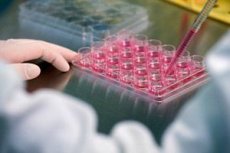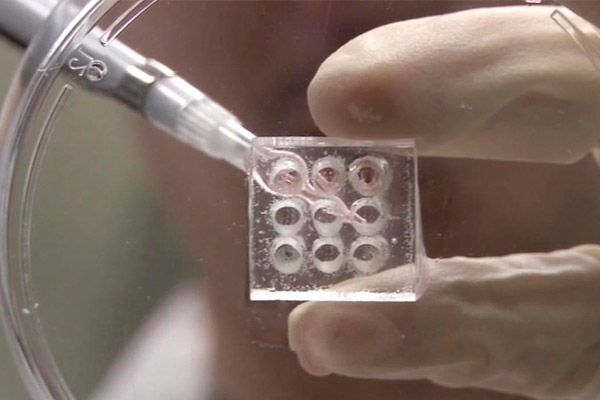Organ transplantation will be replaced by regeneration
Last reviewed: 23.04.2024

All iLive content is medically reviewed or fact checked to ensure as much factual accuracy as possible.
We have strict sourcing guidelines and only link to reputable media sites, academic research institutions and, whenever possible, medically peer reviewed studies. Note that the numbers in parentheses ([1], [2], etc.) are clickable links to these studies.
If you feel that any of our content is inaccurate, out-of-date, or otherwise questionable, please select it and press Ctrl + Enter.

In China, scientists made a sensational discovery - a new molecule is able to launch in the human body processes of tissue regeneration. This discovery can be useful for patients with various tissue and organ damage.
The team of specialists was headed by Dr. Chou Davan and teacher of Xiamen University Deng Xiangming, also Professor Yun Tsaihong participated in the study. The results of their work scientists published in one of the scientific publications.
As explained by Dr. Davan, a new molecule, which they managed to detect, triggers regeneration in the tissues of the liver, intestines, and skin. Also, the professor noted that after a while, drugs based on the new molecule will replace the current organ transplantation, complex biomaterial and cellular therapy. Drugs based on a molecule called XMU-MP-1, reduces the activity of the main molecule in one of the intracellular signaling pathways, which is responsible for the size of the organ.
Scientists experimented with rodents, which had various organ damage, incl. And liver damage against paracetamol (acute and chronic). It should be noted that liver damage of a similar nature is one of the main causes of the development of hepatic insufficiency all over the world. Studies have shown that preparations with XMU-MP-1 contribute to the growth of cellular tissue in 4 different types of liver damage, indicating the enormous potential of the new drug. Already, Dr. Chow's team has begun cooperation with some pharmaceutical companies that in the future will probably produce regenerative drugs based on XMU-MP-1, and also applied for a patent.
Scientists suggest that the new molecule will find its application not only in medicine, but also in other areas, for example, in the cosmetic.
Regenerative processes have long been of interest to scientists and the most vivid representative of the animal world, capable of growing damaged limbs is the lizard. It was these reptiles that interested scientists, and after long studies, they finally were able to understand how the regenerative processes take place in lizards.
The researchers found that lizards have microRNAs that control the regeneration of the spines, muscles, cartilage. Based on the findings, scientists hope to develop innovative therapeutic methods that trigger regeneration in humans.

The scientists noted that microRNAs can control many genes simultaneously, which is what prompted them to think that they can participate in the regeneration processes. Experts believe that six-year studies will not fail and suggest that their discovery in the future will help patients recover from accidents and participants in hostilities, for example, in fractures of cartilage in joints, spinal cord or muscle injuries.
According to the head of the scientific project, the study showed that small molecules of RNA that are asymmetrically located in different parts of the tail are extremely important for lizards, it is possible that this property of reptiles will help people.

 [
[